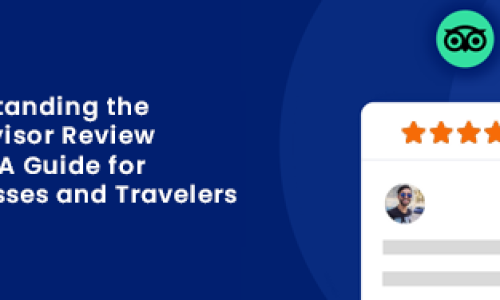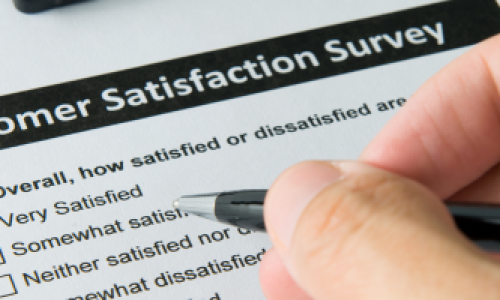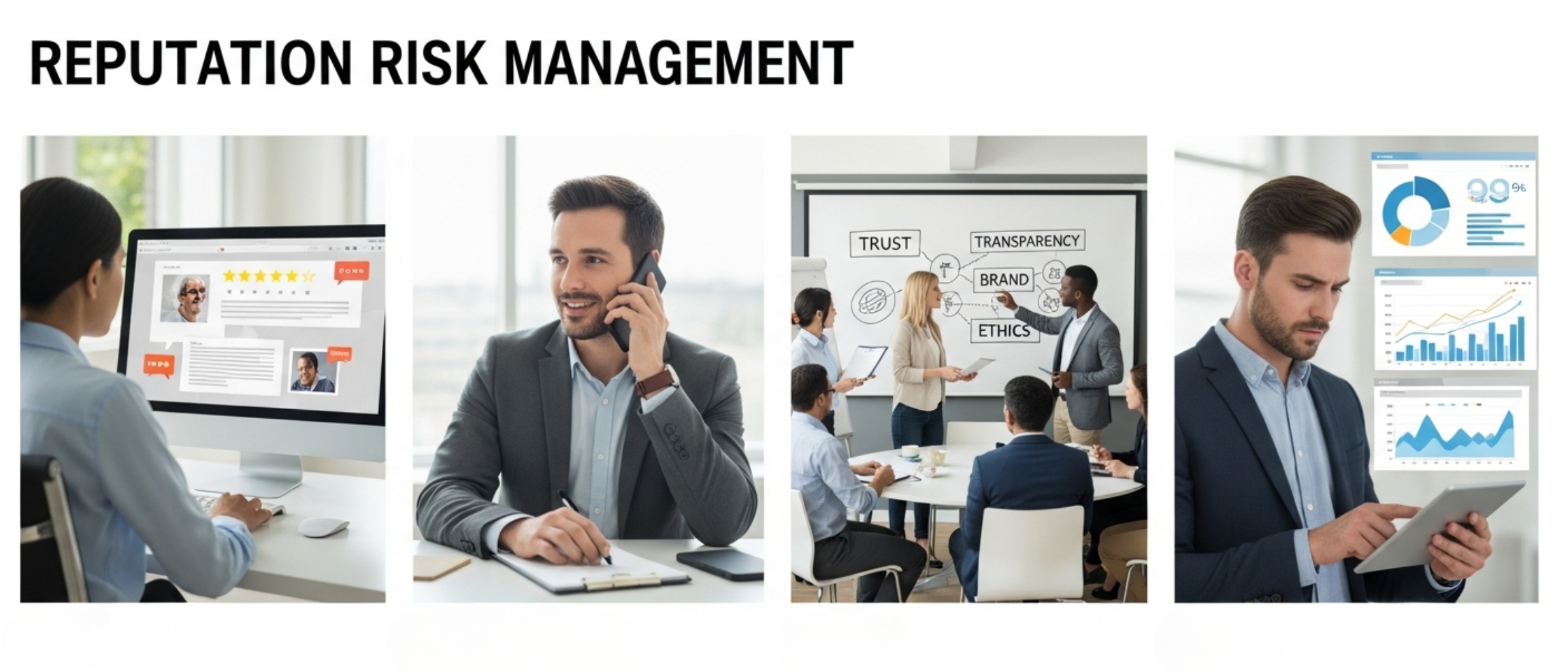
A company’s reputation is one of its most valuable and vulnerable assets. A single negative review, data breach, or compliance lapse can quickly spiral into a full-blown crisis, damaging customer trust and eroding years of brand equity. As consumers increasingly rely on online information to make decisions, organizations must go beyond traditional risk management to safeguard their public image.
Reputation risk management provides a structured approach to identifying, assessing, and mitigating threats that could harm a brand’s credibility. By proactively managing these risks, businesses can maintain customer confidence, strengthen stakeholder relationships, and preserve long-term profitability.
This article explores four best practices for effective reputation risk management—offering practical insights to help your organization protect its reputation, build trust, and stay resilient in an ever-evolving digital environment.
What Is Reputation Risk Management?

Reputation is one of a business’s most valuable assets—often more influential than tangible capital. A strong reputation attracts customers, investors, and talent, while a damaged one can result in lost revenue, diminished trust, and long-term brand erosion.
Unlike operational or financial risks, reputational damage is difficult to quantify and even harder to rebuild. In severe cases, businesses may never fully recover. Effective reputation risk management enables companies to safeguard their credibility by implementing early warning systems, consistent communication protocols, and transparent response strategies.
A well-managed reputation also supports employee morale, customer loyalty, and market resilience. In a digital-first environment where public sentiment shifts quickly, maintaining a proactive reputation management framework is critical to sustainable growth.
Common Challenges in Reputation Risk Management
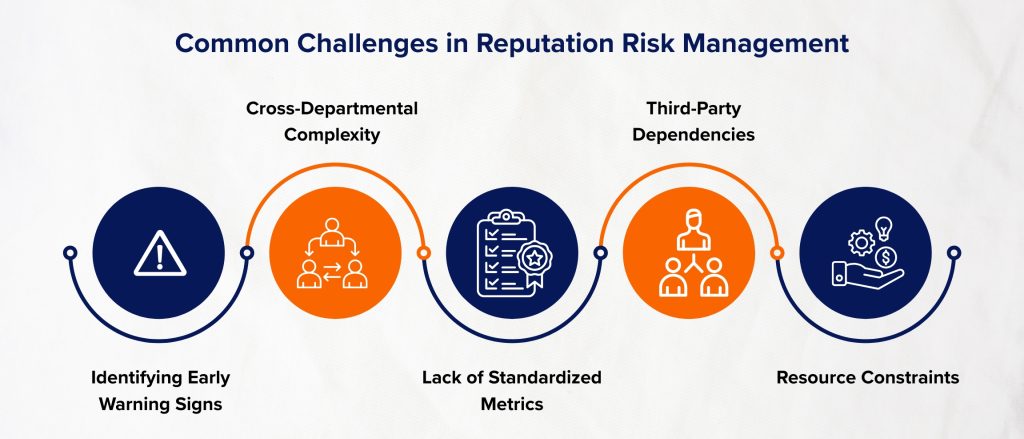
Organizations face several challenges when managing reputational risk effectively:
- Identifying Early Warning Signs: Many businesses struggle to detect reputation threats before they escalate. Negative sentiment on social media or review platforms often spreads faster than it can be addressed.
- Cross-Departmental Complexity: Reputation risks often span multiple departments, including marketing, compliance, HR, and IT, making unified oversight difficult.
- Lack of Standardized Metrics: Measuring reputational impact can be subjective, with no universally accepted standards for quantifying the severity of reputational threats.
- Third-Party Dependencies: Vendors, partners, or affiliates can introduce unforeseen risks that directly affect your brand image.
- Resource Constraints: Smaller teams may lack the tools or expertise to continuously monitor and analyze reputation-related data across digital platforms.
Overcoming these challenges requires a structured, enterprise-wide approach that aligns technology, governance, and human expertise.
Best Practices for Effective Reputation Risk Management
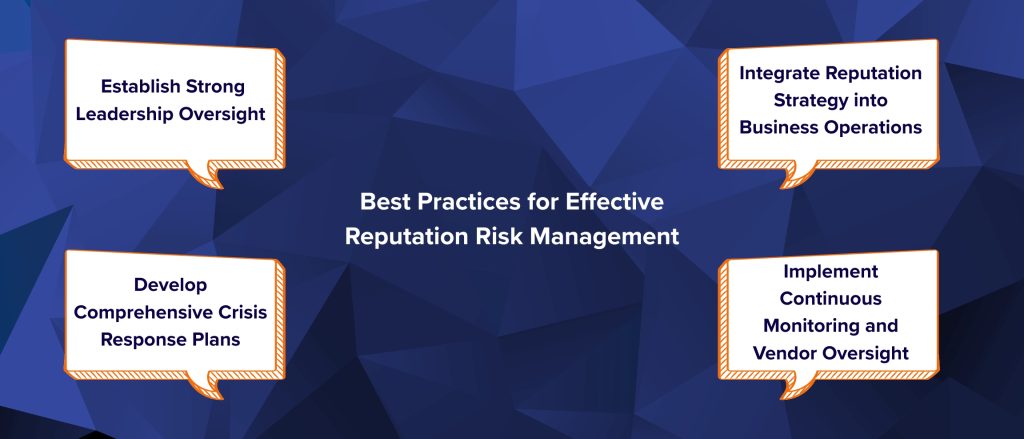
To strengthen brand resilience and minimize exposure, organizations should implement these four key best practices:
1. Establish Strong Leadership Oversight
Effective reputation management begins at the top. Senior executives and board members must actively participate in developing and overseeing risk mitigation strategies. Leadership involvement ensures that reputation-related decisions align with business objectives and ethical standards.
Regular board reviews of reputational performance metrics help maintain accountability and foster a culture of transparency throughout the organization.
2. Integrate Reputation Strategy into Business Operations
Reputation protection should not operate in isolation. Integrate it into core business functions such as marketing, compliance, customer service, and cybersecurity.
Embedding reputation risk management within enterprise planning helps organizations identify vulnerabilities early and allocate resources efficiently. This alignment also ensures every department contributes to protecting the brand through consistent communication, policy adherence, and customer care.
3. Develop Comprehensive Crisis Response Plans
No organization is immune to crises. A structured incident response plan enables teams to act swiftly and effectively when reputation-threatening events occur.
Define clear communication protocols, designate spokespersons, and establish internal crisis response teams. This framework allows businesses to manage public perception proactively, mitigating long-term reputational damage through transparency, accountability, and timely action.
4. Implement Continuous Monitoring and Vendor Oversight
Third-party relationships introduce significant risk. Conduct regular vendor assessments to ensure compliance with your organization’s ethical, financial, and security standards.
Additionally, deploy advanced monitoring systems to track online reviews, social media mentions, and industry news in real-time. AI-powered tools can help detect emerging sentiment trends, allowing organizations to respond before negative narratives gain traction.
How My Review Concierge Strengthens Reputation Risk Management
At My Review Concierge, we understand that effective reputation risk management requires constant vigilance and actionable insights. Our platform empowers businesses to monitor, manage, and strengthen their online reputation through advanced review tracking, sentiment analysis, and strategic response tools.
We help brands identify potential threats early, enhance customer engagement, and maintain a consistent, positive digital presence. By transforming customer feedback into meaningful business intelligence, My Review Concierge enables companies to make informed decisions that protect and enhance their reputation.
With our solutions, your organization can stay one step ahead—proactively managing risks, reinforcing trust, and securing long-term brand resilience.
Turn reputation risk into a competitive advantage.
See how My Review Concierge empowers businesses to detect issues early, respond faster, and build lasting trust.
